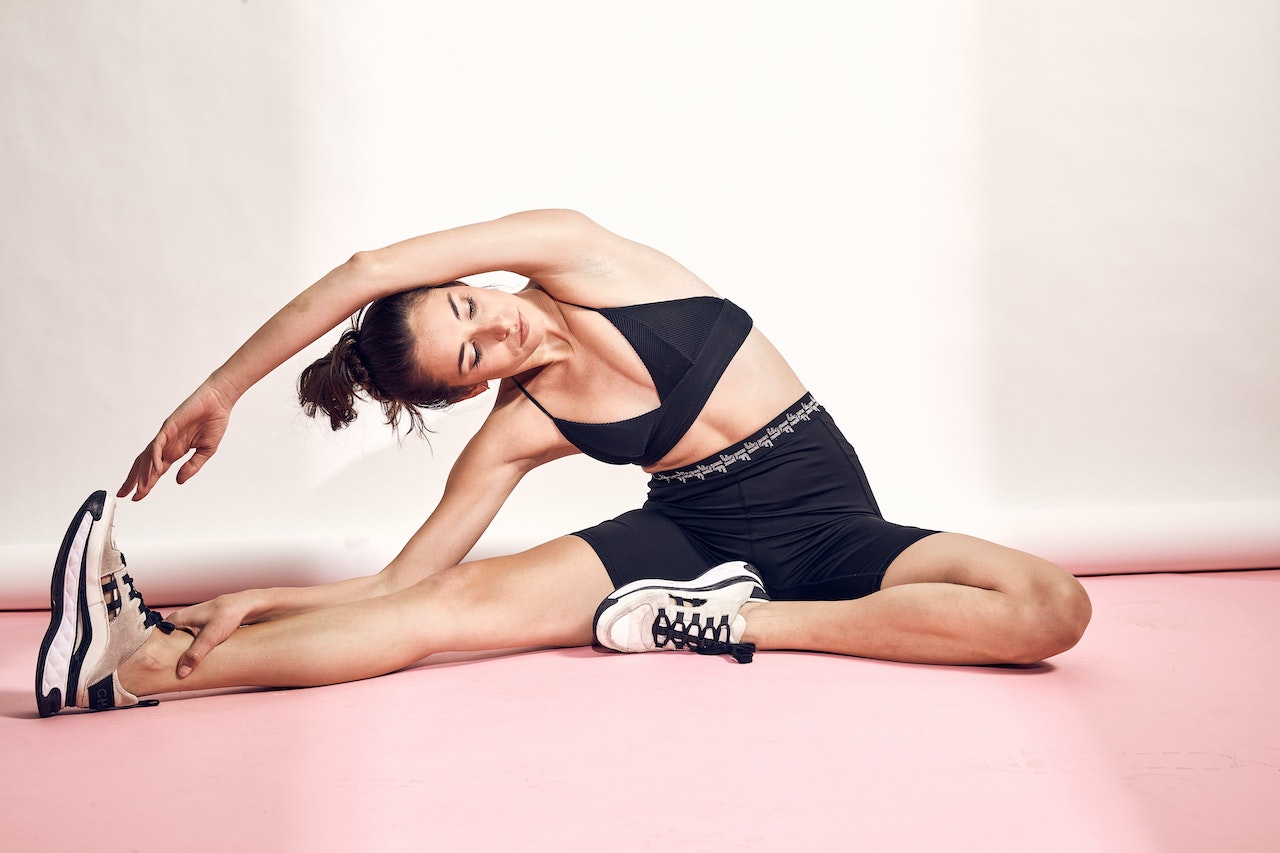How to Count Macros when you’re Vegan
Okay, you want to be a macro master, but you’re also a plant-based planet saver. Which macros do you chose? Do you go with the trendy 80/10/10, do you try to go high-protein? What is vegan keto, anyways? Is it just avocados?
Even in the veggie/vegan/plant-based community, you have to pick the right balance for your body. And what that means in macros is going to be slightly different for everyone.
Don’t know what Macros are? Read our article here.
Let’s start with some of the most popular macro ratios in the vegan/plant-based world.
80/10/10
The 80/10/10 Diet is a low-fat, vegan diet developed by Dr. Douglas Graham, a raw foodist, retired chiropractor and former athlete. Beginning as a primarily raw-foods vegan diet and starting way back in 2007, this diet took off as many people made the switch to a raw life.
Macros
- 80% Carbohydrates
- 10% Protein
- 10% Fats
What we think:
This is a very extreme way to eat, and isn’t sustainable long term, but could be great for a cleanse or a reset. While fruits are absolutely amazing and essential, a purely fruit diet may make you feel amazing for a few months or even years, but eventually that deprivation of other macro and micronutrients will start to be a problem. This is probably why these macros have decreased in popularity over the last 12-13 years.
HCLF Vegan
HCLF (or High Carb Low Fat) is similar but less strict from the raw vegan 80/10/10. High Carb Low Fat recommends isn’t about eating raw but focusing on whole plant-foods, healthy carbs, starchy veggies, fruit, nuts, seeds, and legumes with a low amount of fat.
Macros
- 70% Carbohydrates
- 10-20% Protein
- 10-20% Fats
What we think:
The addition of cooked food, starchy vegetables, and a higher portion of healthy fats, nuts, and seeds, means HCLF is much more sustainable than 80/10/10. As long as you’re getting your carbs, proteins, and fats from natural whole sources, this macro ratio could be great for an athlete or runner who’s super committed to health, fitness, and veganism.
Vegan Keto
The vegan keto diet significantly restricts carbohydrate intake and only allows plant based foods. It is high in fats, contains adequate amounts of protein, and does not include any animal products.
Macros
- 10-15% Carbohydrates
- 30% Protein
- 50-60% Fats
What we think:
Look, we’re not your doctor, but this is a weird one. If you’re a committed vegan and you want to give ketosis a try, by all means give it a try. But we don’t recommend this for the long term. Fats, while tasty and great for hair, skin, and nails, don’t have any nutritional benefits. So after the thrill is gone, you’re going to end up craving some substance. And if you’re already vegan, go ahead and enjoy those healthy carbs!
Balanced Plant-Based (Our Plan)
Our plan follows the guidelines of a balanced diet, just tailored to a plant-based lifestyle so you never feel deprived. This plan makes sure you’re full on satisfying healthy carbs like brown rice, quinoa, potatoes, and pasta, with plenty of room for fruits, veggies, leafy greens, nuts, seeds, legumes, and healthy oils.
Macros
- 60% Carbohydrates
- 20% Protein
- 20% Fats
This plan we thin is the most liveable, with enough carbs to keep your brain and body healthy and happy, enough protein to keep your muscles building, and enough fat to make your meals tasty! Because no one wants to eat sad boring food.
Remember that energy balance (calories in vs. calories out) will still be the biggest determinant of results, meaning being over or under on one of your macros is not a big deal. You’re better off staying within your calorie goals regardless of if you’re over or under on one particular nutrient.
At the end of the day, the right ratio is the one you can stick with 80% of the time. So think about what foods you love, what foods you crave, what makes you feel light and happy, what makes you feel heavy and sad, and find a way to stick to it!
Or, take the easy way and give MacroPlate a try! Read our vegan friend Maggie’s review of our vegan meal-plan here.



